Most people don’t think a lot about the quality of the air inside their home or work environments and how it impacts them. Not surprising, though, indoor air quality has major impacts on human health and the ability to save money on medical bills. Find the top 10 ways to reduce indoor pollution naturally for health and financial benefits.
Like this? Share it with others!
This post contains affiliate links. My preference is to provide links to companies other than Amazon whenever possible. I recognize many people like Amazon, not to mention there are eco-friendly, ethical, and sustainable brands out there who use Amazon. I want to support them. So, just know you may see multiple links for one option. Should you make a purchase through these links, I will receive a small commission at NO additional cost to you. See my Disclaimers & Disclosures and Privacy Policy for more information.
Indoor Air Pollutants
Indoor air pollutants come in many sources. The four major pollutants are asbestos, indoor air particulate matter, nitrogen dioxide and radon, but sources also include things like lead, pesticides and biological pollutants.
The most common forms of particulate matter come from tobacco smoke, cooking, the use of candles and chimneys, pressed wood products, or use of space or kerosene heaters in unventilated spaces. However, there are more.
Why Improve Home Air Quality?
Since we spend at least 90% of our time indoors, it’s no wonder that bad air quality can wreak havoc on human health. Indoor air pollution has been linked to short-term and long-term side effects, from headaches, fatigue, and respiratory irritation to asthma and even death. And this is before COVID-19.

Therefore, it’s a no brainer that if indoor air quality is improved, our health improves, not to mention that medical bill costs can go down.
Find more information on health and financial benefits.
You’ll Also Like
10 Ways to Reduce Indoor Air Pollution
So, you want to know how to reduce indoor air pollution in your home or business? Here are the top 10 ways to implement indoor air quality improvement naturally that are easy and inexpensive.
1 – Improve Indoor Ventilation
The easiest, and cheapest, way to natural indoor air quality improvement is to increase the amount of outdoor air into your home or office by opening your windows to ventilate the whole interior. This is most affective, of course, if you live in an area with minimal outdoor air pollutants (e.g., from car traffic).

If you cannot open a window in your kitchen, use a cooking vent to circulate the kitchen air to remove food and grease particulates. Gas stoves should especially be ventilated to eliminate gas.
2 – Monitor Indoor Air
Monitoring your air for carbon monoxide and radon is a health and safety issue for your home. Many inexpensive carbon monoxide detectors and radon detectors are available.
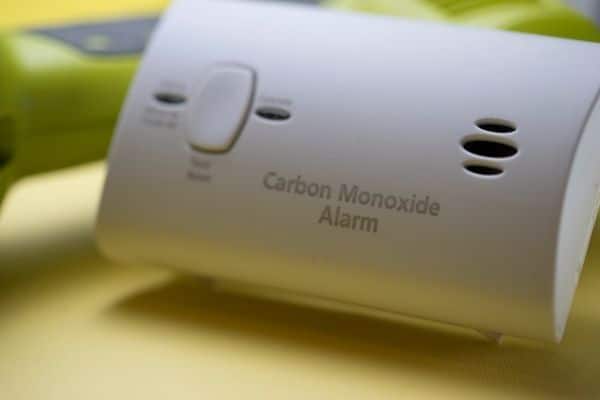
3 – Use Air Purifiers
HEPA air purifiers can remove harmful particle pollutants like exhaust, dust and bacteria and improve your indoor air quality. ENERGY STAR certified purifiers also save energy and you can possibly get a rebate.
4 – Avoid Toxic Products
Air Fresheners
Air fresheners have been shown to release phthalates into the air, which can cause allergic symptoms, asthma, birth defects and reproductive issues. The NRDC’s study on air fresheners found that 86% of air fresheners release phthalates, even if marked “natural” or “unscented”.
Your best bet: open a window for fresh air.
Forever Chemicals
Per- and polyfluoroalkyl substances (PFAS) are a diverse category of chemicals appearing in over 5,000 substances. PFAS are also known as “forever chemicals” because they take thousands of years to degrade. PFAS are considered to be linked to cancer, thyroid, liver and kidney problems, and reproductive issues. Great, huh?
Easy ways to avoid exposure to PFAS, and reduce indoor air pollution, is to not buy water-resistant products like water-resistant clothing, shoes, furniture, make-up, and sunscreens. PFAS are also found in non-stick cookware, food packaging, and dental floss.
Unfortunately, PFAS are also found in food and water. Sigh. In short, be a conscious consumer and read your labels to avoid these products protect your health.

VOCs
In building products, stay away from paints, primers and other products that volatile organic compounds (VOC’s). VOC’s are known to cause headaches, fatigue, and skin, eye, nose and throat irritation. In high concentrations, VOCs can cause lung, kidney and nervous system damage.
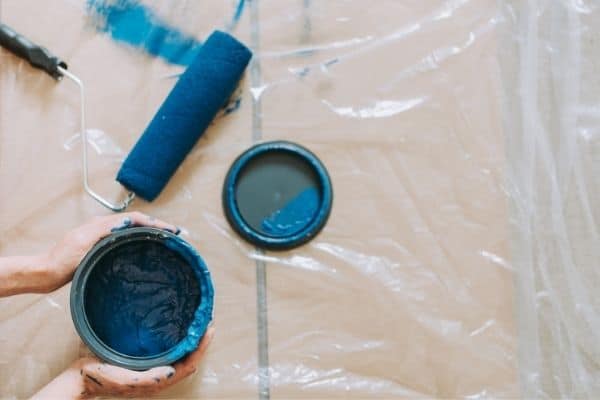
If you do have any products with VOC’s, store them correctly in a garage or other safe, outdoor space.
Better yet, check with your municipality to see how you can recycle them responsibly to remove them from your environment altogether.
Non-Toxic Cleaning and Crafts
Use only natural, non-toxic and biodegradable cleaners healthy for you and the environment. This means avoiding your common cleaning products that contain chlorine bleach and phosphates.
For crafts and offices, use non-toxic inks and glue. Another tip: ensure your ink cartridges are recyclable.
5- Eliminate Indoor Smoke
Cigarette Smoke
Anything that produces smoke produces harmful, carcinogenic particulate matter you can inhale. Period. So, what are the easiest ways to reduce indoor air pollution from smoke?
Stop smoking. Not only bad for indoor air quality and passing secondhand smoke to non-smokers and children, it impacts your respiratory system and ability to fight infections and viruses, including COVID-19.
Even eCigarettes emit vapors that contain VOCs.
Studies show that over $300 billion in medical costs per year come from smoking, and secondhand smoke, in the U.S. alone. Talk about saving money by not smoking.

Candles and Incense
Candles and incense also produce carcinogenic particulates, so they, too, can be irritants and cause respiratory diseases. If you must use a candle, keep use to a minimum.
Chimneys
Yep, you guessed it. Smoking chimneys are also a carcinogenic pollutant culprit. The smoke chimneys emit collect in your home causing health and home damage.
Maintain your chimney properly to ensure good ventilation for improved health, better energy efficiency, and reducing more financial costs later.
6 – Maintain the HVAC System
Change out your HVAC air filters regularly, and use MERV-13 filters for the best filtration. Clean air filters not only protect human health from indoor air pollution, they also prolong the life of your HVAC system and save on energy bills. A triple win!
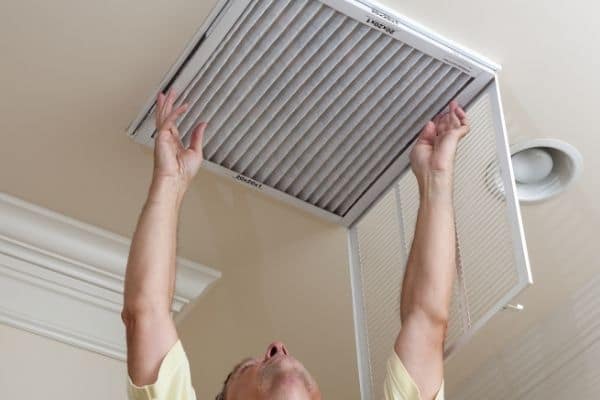
Hire an HVAC specialist to inspect and clean your HVAC system so it’s running properly and produces less particulate circulation. This is one of the first things I did when I bought my home. It’s not that expensive and well worth it.
7 – Clean Interiors Regularly
Nothing can be more of a daily irritant than dust and dirt in your home. Clean regularly to remove dust and dirt. For hard floors, cleaning with a reusable damp mop after sweeping is best (and avoid any cleaning equipment with throw-away cleaning components to reduce your contribution to landfills, like Swiffer WetJet).
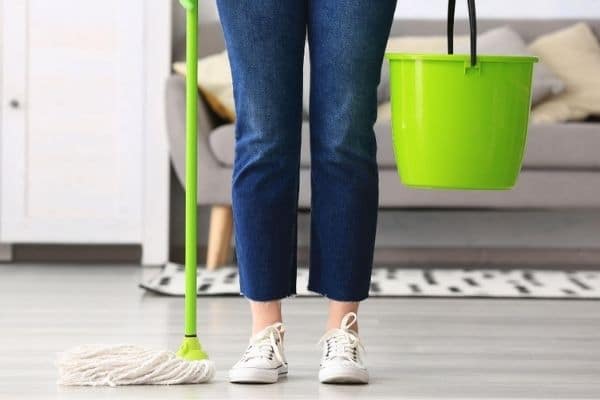
Keep rugs and carpets clean, especially if you have pets, with regular vacuuming and periodic shampooing with an environmentally-safe rug and carpet cleaner.
Wash sheets, towels and other linens in hot water regularly as they can collect bacteria and dust mites that also lead to triggering asthma or allergy flare ups.

Pet Grooming
Groom your pets often. Pets can bring dirt, dust, or insects inside. Regular grooming and bathing of your pet removes dander and other pesky, allergy-causing particulates with pet health benefits, too.

8 – Clean Appliances
Appliances like vacuum cleaners, kitchen vents and clothes dryers collect dirt and lint that also negatively impact our respiratory system.
Changing out appliance filters reduces indoor air pollution for easier breathing. Here’s a good list of filters you should change regularly in your home.
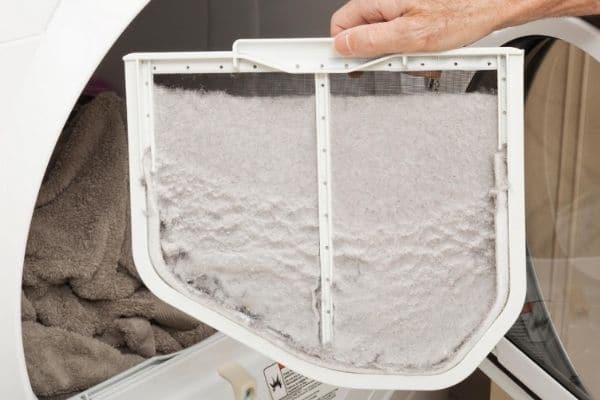
9 – Control Indoor Humidity
Mold and Mildew
Controlling the humidity inside your home can reduce the chance of mold or mildew growing.
After showering, leave the bathroom fan running at least 15 minutes to effectively remove moist air. If you don’t have a bathroom fan, open the window.
Additional use of an ENERGY STAR dehumidifier is bonus, especially if you live in a particularly humid climate.
10 – Use Indoor Plants
Not just pretty to look at, the right indoor plants are an inexpensive way to reduce indoor air pollution, like removing VOCs, according to NASA. Here are 20 recommended plants you could use to beautify your home.
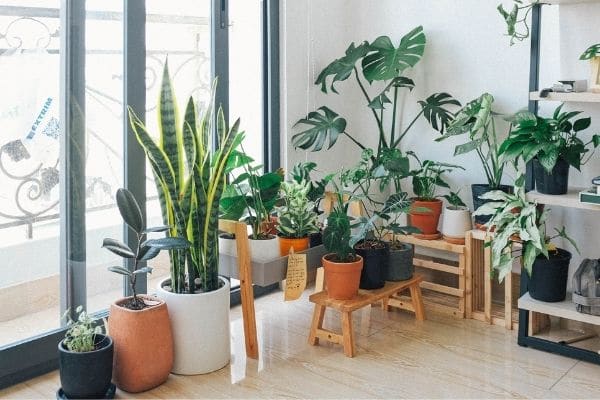
Find Indoor Air Quality Products
Want the easiest way to find indoor air quality products? Look for the 3rd party certifier labels and seals that are doing the indoor air and product quality research for you so you can buy products you can trust.
More Indoor Air Pollution Solutions
After reading this, you may be asking why are any of these products available to buy if they cause such harmful effects to our health? Great question!
The first thing you can do to protect your health is to be informed and make informed choices. You’re on your way by reading this blog post.
CORR Concepts has, and is continually adding, indoor air quality products for you to choose from to take out your guesswork. So keep coming back to CORR Concepts.
The next best thing you can do is to take action. Contact your legislators to ask, if not demand, them to pass regulations prohibiting manufacturers from producing products that cause poor health effects in the first place.
If your legislators don’t have one, present your own ballot measure for your next election. You have the power, and your health is in your hands.
Let Me Hear From You
I would love to hear if any of these ways to reduce indoor air pollution were helpful to you. Post me your thoughts or questions in the Comments section below. Thank you!
Like this? Share it with others!
MORE INDOOR AIR QUALITY POSTS YOU’LL LIKE
No post found!

Gwen, CORR Concepts Founder
Gwen is a Sustainability professional with an MBA in Sustainable Enterprises and LEED AP ID+C accreditation from the GBCI. She is also the Founder of CORR Travel. As a Sustainability professional and Earth Steward, environmental sustainability and biodiversity protection is her “religion”. Travel is her passion.

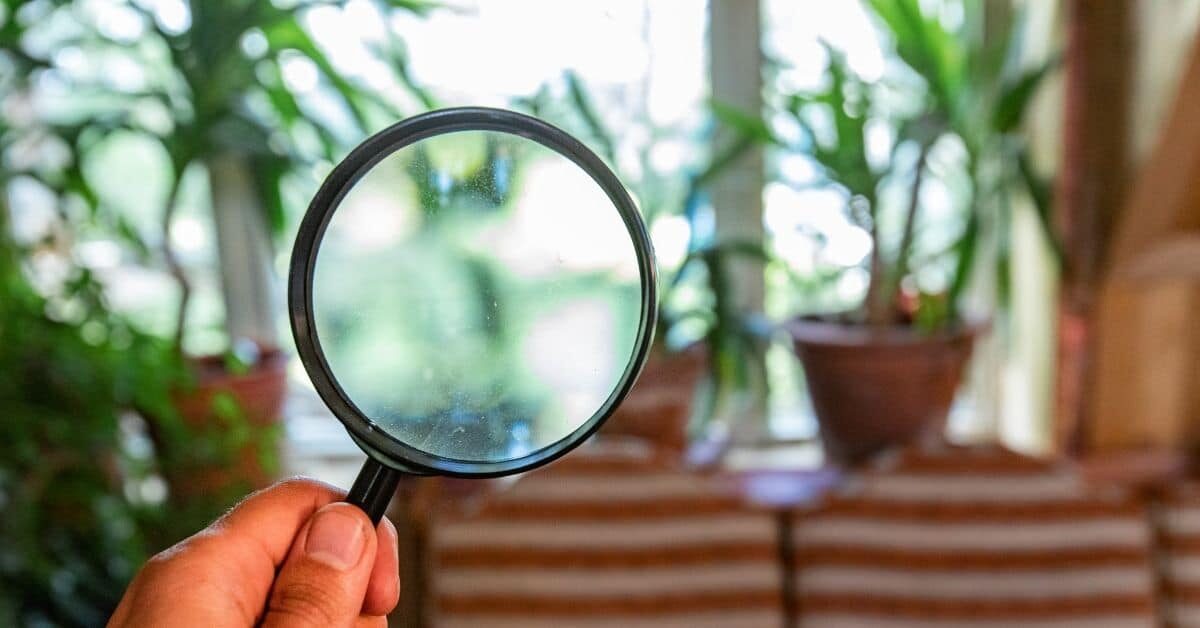
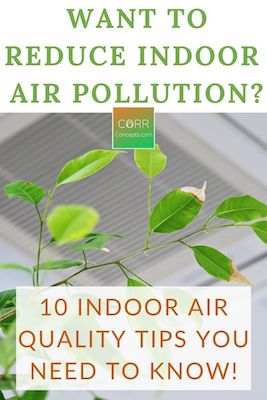
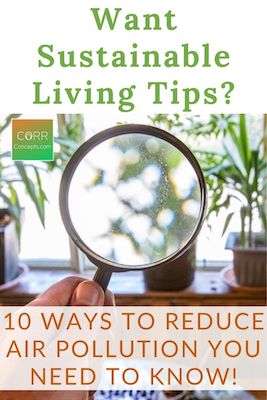
Pingback: https://canadianpharmaceuticalsonline.home.blog/